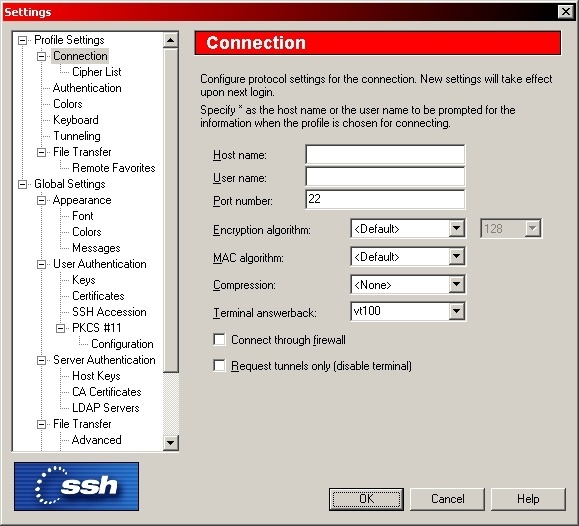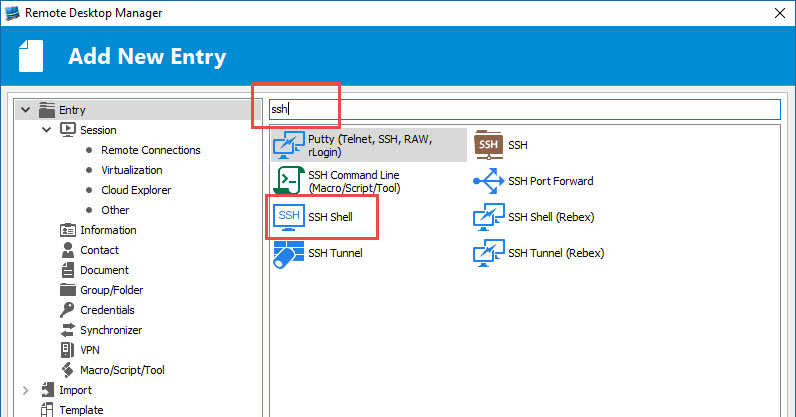
This is an updated version of an article first published on February 27, 2015. We really hope you enjoy this simple, but efficient way to deploy. With a little magic from the SSH agent forwarding, DeployBot is able to securely forward its key to your server to make your life easier. For a complete list of supported variables, have a look at the DeployBot documentation on Shell (SSH) deployments.
SSH SHELL APP FULL
Features: - Full color terminal / ssh client - Popup.
SSH SHELL APP INSTALL
Simply scroll down in the configuration dialog, tick the respective checkbox, and enter your commands, each command on a separate line.ĭeployBot supports several variables which you can use in your shell commands, for example %REPO_NAME%, %BRANCH%, %COMMIT%, and so on. Install About this app arrowforward The all in one terminal client for Android including SSH, Local Shell, Mosh and Telnet support. Remember, that when setting up shell deployments, DeployBot allows you to trigger shell commands on the remote machine-before or after deployment. At last, click Connect to connect to your server. We don’t have to look for information anymore. All you have to do is copy & paste them and run them in a terminal on the remote machine. Termius - SSH platform for Mobile and Desktop PRODUCT Trusted by hundreds of companies App Store Based on 61.5K reviews Google Play Based on 19.9K reviews G2 Crowd Based on 91 reviews What our customers think I think at the end of the day, we’re saving at least half an hour a day with Termius. If you click on Show the commands to add our public key to your server, DeployBot displays two commands to execute on your server. While this authentication method seems more complicated to set up, it does provide some extra security.įor more information on SSH public key authentication, I recommend this article in the SSH Academy. support SSH keys to access and write data in your repositories. The key can be protected with a passphrase, but it’s also possible to set an empty passphrase. The public key is stored on the remote server, and the matching private key is stored on your local computer. SSH Public Key Authentication: An SSH key pair consists of a public and a private cryptographic key.Generally speaking, simple passwords make this authentication method extremely susceptible to intrusion.
SSH SHELL APP PASSWORD
While this is pretty convenient and straightforward for most users, there is a certain risk that somebody sets their password to “123456” or something else which is easy to remember.

Maybe you’re asking yourself which method is better for user authentication-SSH keys or passwords.
SSH SHELL APP HOW TO
After a brief explanation of SSH authentication methods, I’ll show you how to connect DeployBot to your remote server using SSH keys or passwords, as well as how to trigger shell commands on the remote server. In this article we’re going to look at shell deployments. Not only can you upload your files through FTP/SFTP, push them to a cloud hosting service like DigitalOcean, Elastic Beanstalk, Heroku, or Amazon Web Services, but you can also connect DeployBot to your server through SSH-allowing you to execute arbitrary shell commands or scripts necessary for your deployment.

If you’re already using a deployment tool like DeployBot, setting up an automated SSH deployment process is easy. All this can be done manually, or you can set up your CI/CD pipeline to automate this process. After that, you can run commands or scripts, for example git fetch or git pull, you can (re)start a web server or database server, etc. How can I retain the previous state? I have tried using the same session but it does not work.SSH deployments usually involve transferring your files via the SSH protocol to a remote server. I am not able to retain the state of the shell like working directory, when I send a second command. I am able to send a single command to the JSch "exec" channel and send the output back to the websocket. I am trying to implement a shell terminal in a webapp using websocket in spring.


 0 kommentar(er)
0 kommentar(er)
